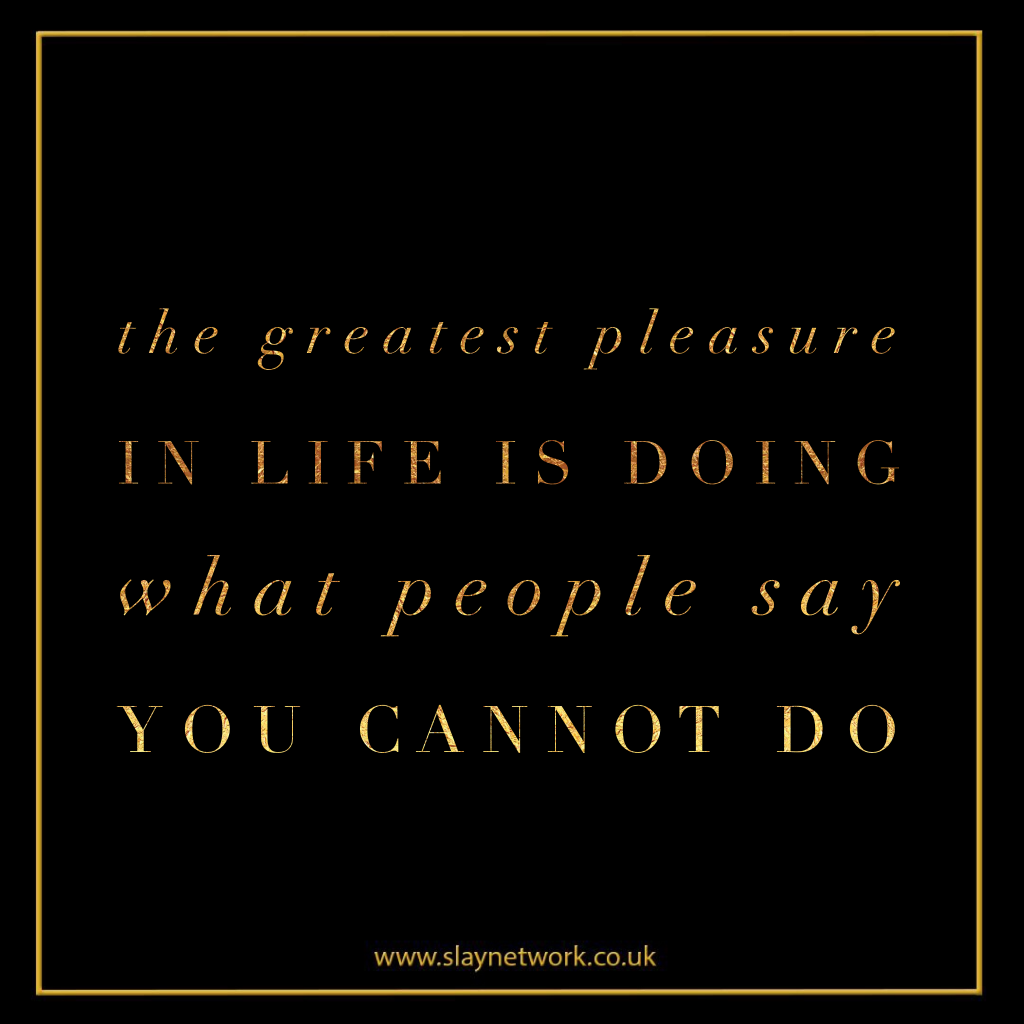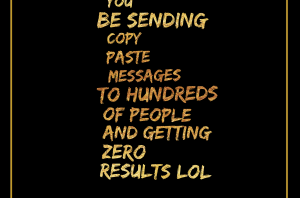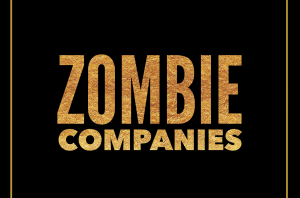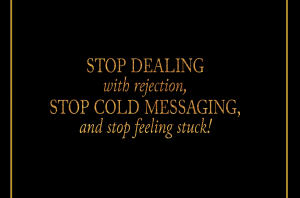
Success is more about doing what others have not thought to do, than it is about trying to do what literally can’t be done.
No one knows how many great concepts, ideas, careers and enterprises have languished because individuals have fallen prey to the admonition of others that what they want to do “can’t be done.”
It is true that there may be many things we can’t do, but that has more to do with physical attributes – or lack thereof – than it does the ability to do something that has not been done. For example, you’ll probably never be able to throw a 97-mile-per-hour fastball no matter how fervently you may want to. You probably can’t hit a 97-mile-per-hour fastball either. But when you put those physical attributes aside, most of those who tell you that what you want to do can’t be done, it is simply because they don’t know how to do it. The assumption is that if they can’t do it, then you can’t do it either. And in the end, this is what separates success from failure, winners from losers.
New Rules for What Can be Done
Doing what others think can’t be done requires three crucial ingredients. First, you need the capacity to recognize when the rules that defined what could or could not be done have become outmoded and should no longer be followed. Second, the timing has to be right to do what others believe can’t be done. Thirdly, those who are successful doing what others say can’t be done also have a plan for how to do it. But with knowledge, good timing, creative planning and effort, it is amazing what can be done.
Nowadays, we have a name for those prescient individuals who capture these three attributes. They’re called “disruptive innovators.” And they’re radically changing the very definition of what can and cannot be done in business.
We take the existence of FedEx and the services it provides for granted now, but that was not the case in 1965 when Fred Smith envisioned a company that could deliver packages and letters overnight. No one in the “mail” business, or any other business for that matter, believed it could be done. Not even in 1971, when on its first day of operation FedEx used 14 planes to deliver 186 packages to 25 different cities, did many believe it could be done consistently. From conception to execution, Fred Smith heard only “you can’t do that.” Yet, that idea that couldn’t be done was done and in a short 10 years FedEx changed the definition of “mail” and became the first company to generate over $1 billion in revenues. Talk about disruptive innovation. FedEx is the very definition.
The reality is that if Fred Smith had proposed his idea in 1950, the naysayers would have been right – it couldn’t have been done. The technologies and facilities to support his idea simply did not exist. So the rule, “you can’t do that” would have been valid. But Fred Smith was in the right place at the right time to break the rule, because technology was available to make it possible. In 1965 Smith was not the only person who could have created an overnight delivery service, but he was the only one who recognized that the “you can’t do that” rule was obsolete; even more importantly, he was the only one who figured out how to do it.
“You Can’t Do That” Is Personal
The reason I find the “you can’t do that” admonishment so annoying is probably because I’ve heard it so often in my career. This was especially true when I formed a small group to start a new life insurance company in 1987. At the time there were well over 1,000 life insurance companies operating in the United States and the industry was dominated by over 50, well-established insurance giants. There seemed little need or opportunity for a new life insurance company. On top of that, the natural barriers to entry in the insurance industry such as heavy regulation and the need for huge amounts of invested capital, made formation of a new company almost as impossible as many thought. Almost.
I guess it should not have been a surprise that every time I broached the idea of a new life insurance company it was greeted with, “You can’t do that.” But the truth was another story. The established giants of the industry looked strong – even invincible – from the outside, but the reality was that they were weakened by slumbering in a world that was awake with change. The insurance industry had done so well for so long (with little real competition) the leaders of the industry failed to recognize changes taking place in the market and even when they did, chose to ignore them. They were wedded to doing what they had always done because that had always been what they did; the status quo was pleasingly comfortable. Only when problems became obvious to everyone did a clarion call emerge from industry leaders suggesting the solution was to, “get back to the basics.” What these industry leaders sadly did not realize, however, was that the basics of their industry had changed.
It turned out that this was the perfect time to start a new life insurance company. Not a company to do what the other companies were doing, but a company with a plan to do what most said couldn’t be done by taking a different approach to products, distribution and corporate culture.
And it worked.
As the established giants in the insurance industry began to teeter and even fail, our company – LifeUSA – formed as a new life insurance company not only survived but became one of the most successful companies in the industry. It is fair to say that by focusing on products that rewarded people for living, rather than dying, LifeUSA forced the entire insurance industry to change.
As with FedEx, LifeUSA could not have happened even 10 years earlier, but the timing was right and even more important was that the timing of the moment was recognized and a plan to take advantage of the moment was offered, even though all were saying, “You can’t do that.”
Never be discouraged by the naysayers who want to tell you that you can’t do that. In truth, the more who tell you so, the more likely is the opportunity to do what they say can’t be done. Always remember that most will tell you that it can’t be done because they have not thought to do it and even if they have, they have no plan to do it. In reality, you only can’t do something if you don’t know how to do it. If you can recognize the right time to do what has not been done and have a plan to do it, you can do what others say can’t be done.
Do you have over 500,000 followers on Instagram or Twitter? Or are you a well known celebrity? If you are, you are eligible to apply to join the exclusive black membership club which allows you to live the life most only dream of. Click here to apply now





